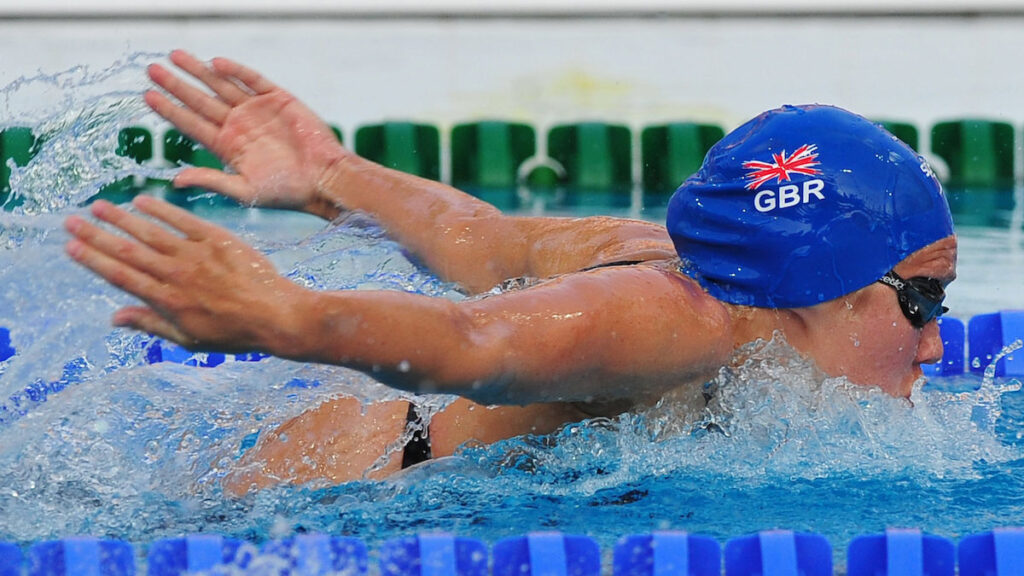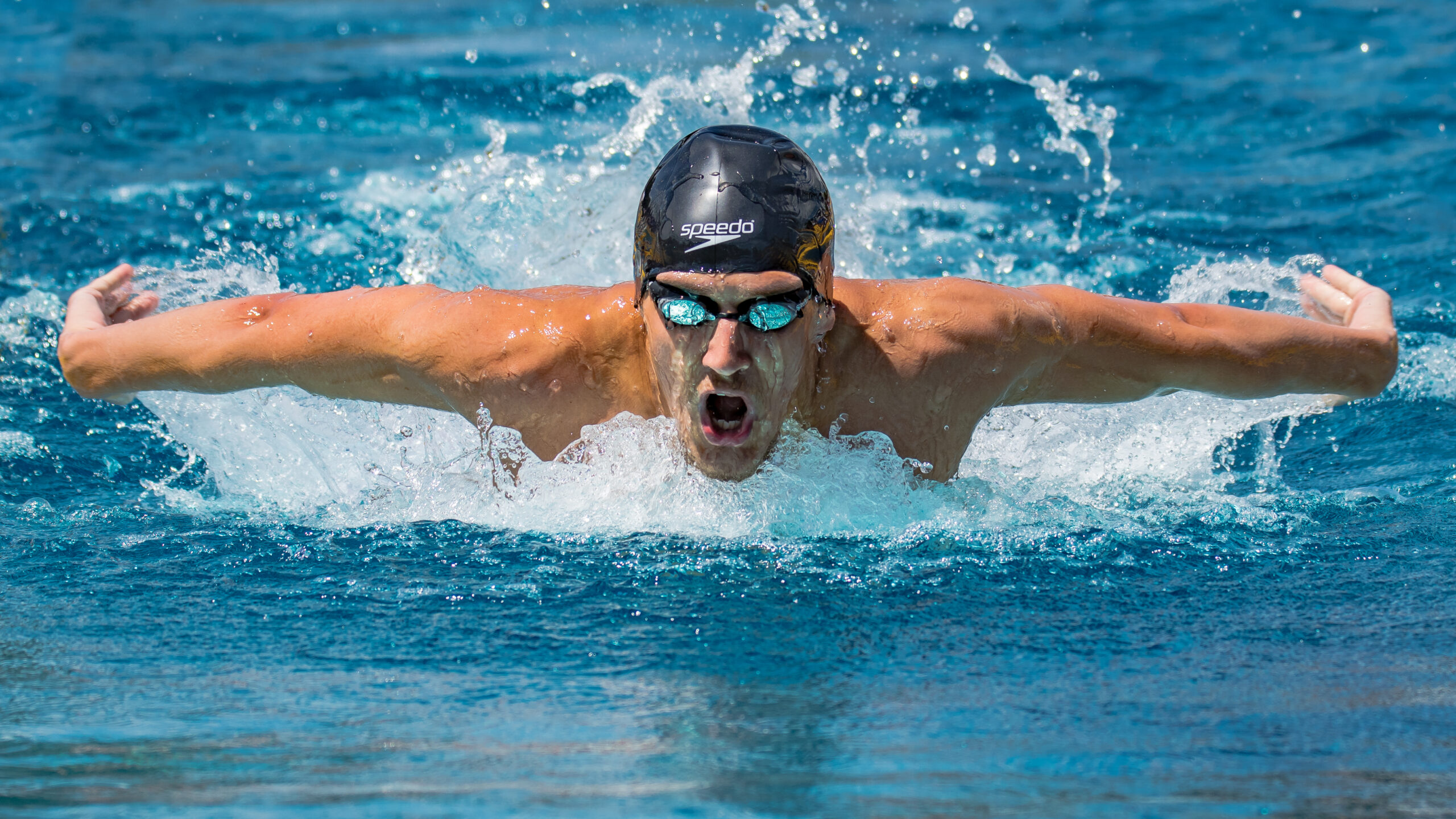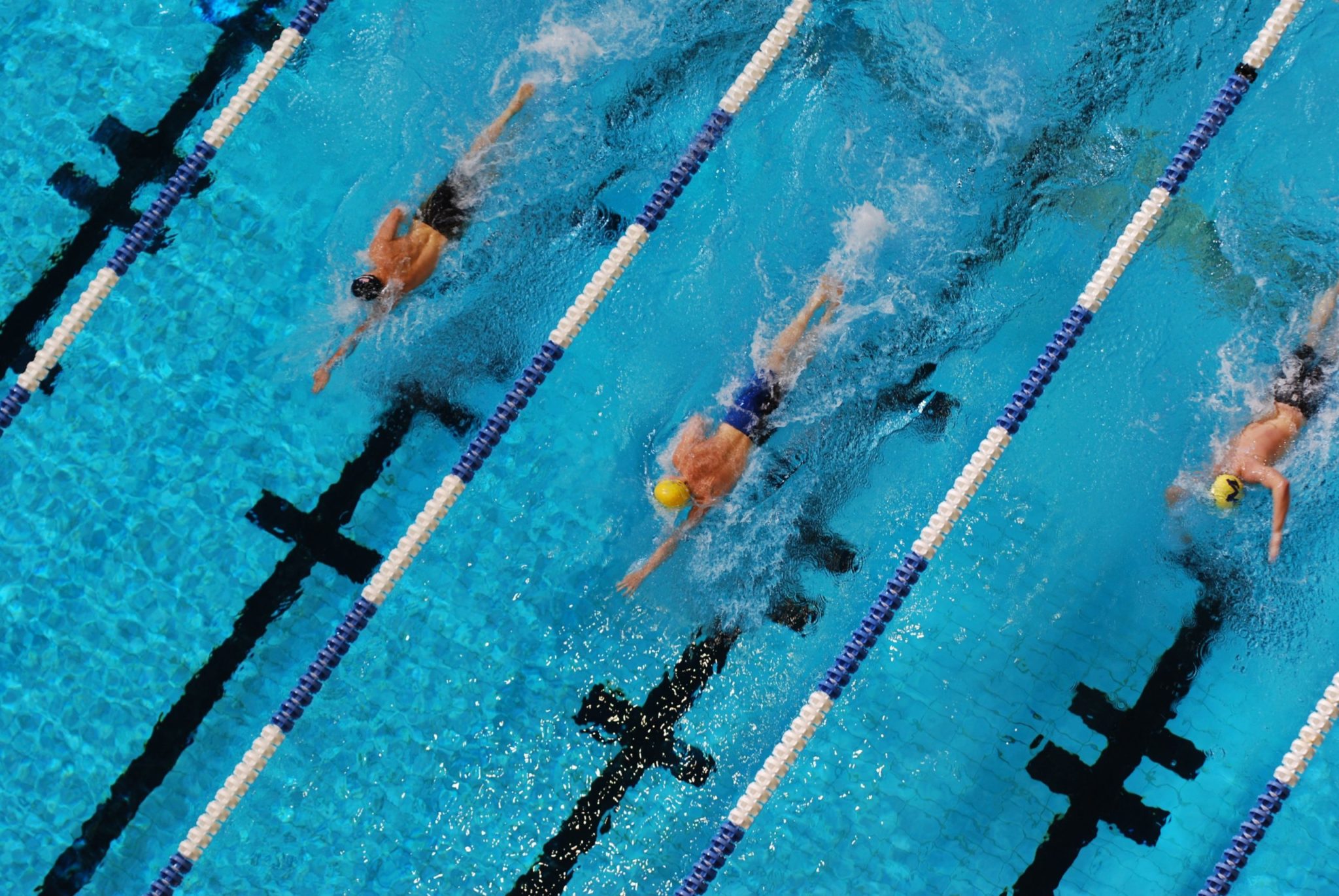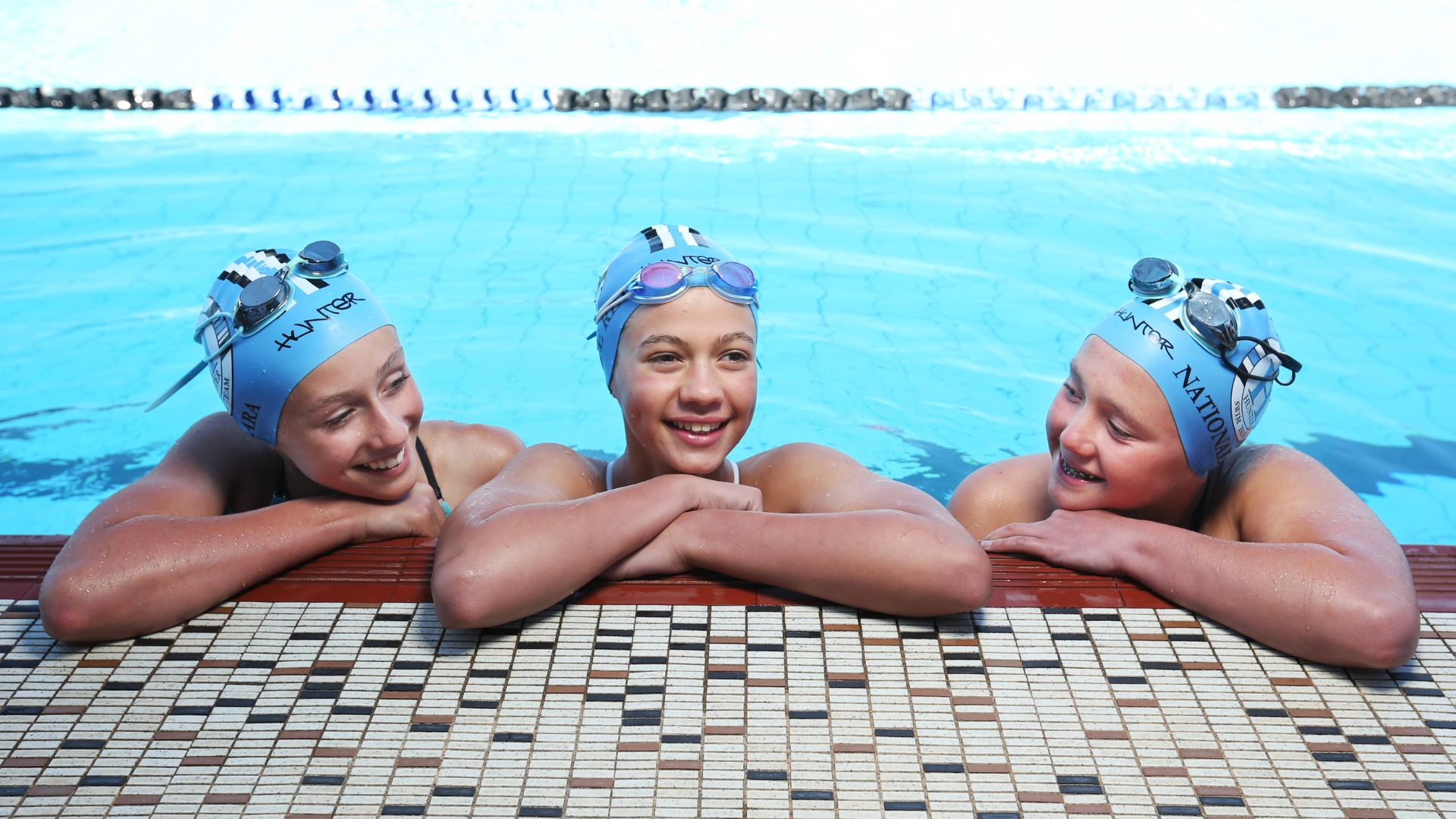Swimming the butterfly stroke requires a blend of strength, technique, and rhythm. It’s a stroke that epitomizes both grace and athleticism in the water. Whether you’re a novice swimmer or aiming to refine your technique, mastering the butterfly stroke can be a rewarding challenge.
Understanding the Butterfly Stroke
The butterfly stroke is characterized by its unique combination of simultaneous arm movements and a powerful dolphin kick. It demands precise coordination between your upper and lower body muscles, making it one of the most physically demanding swimming techniques.

Key Technique Tips
To swim the butterfly stroke effectively, start by positioning your body face down in the water with a slight forward tilt to reduce drag. Coordinate your arm movements in a circular motion, pulling them through the water with power and rhythm. Sync your breathing with your arm strokes, inhaling as you pull and exhaling during recovery. The dolphin kick, originating from your hips, should be strong and continuous to propel you forward smoothly.
Developing Your Technique
Refine your butterfly stroke technique through focused drills and feedback. Practice specific drills to improve your arm pull, kick synchronization, and breathing rhythm. Consider recording your swimming sessions to analyze and fine-tune your technique. Seeking guidance from a coach or experienced swimmer can also provide valuable insights and corrections.
Training Strategies
Building endurance and strength is crucial for mastering the butterfly stroke. Incorporate interval training into your swimming routine, alternating between intense sprints and recovery laps. Strengthen your core muscles with exercises like planks and leg raises to enhance stability and power in the water. Flexibility exercises targeting your shoulders and hips will improve your range of motion, essential for fluid arm and kick movements.
Common Mistakes to Avoid
Avoid common pitfalls that can hinder your butterfly stroke performance. Ensure your arm movements do not overreach, as this can increase resistance and slow you down. Maintain proper kick timing to synchronize with your arm strokes for optimal propulsion. Practice consistent breathing to maintain rhythm and prevent fatigue.
Benefits of Swimming Butterfly Stroke
Mastering the butterfly stroke offers numerous benefits beyond physical fitness. It provides a comprehensive full-body workout, engaging major muscle groups from your arms and shoulders to your core and legs. The demanding nature of the stroke improves cardiovascular fitness, enhancing your heart and lung capacity over time. Swimming the butterfly stroke also enhances overall coordination, agility, and timing in the water.
Conclusion
In conclusion, swimming the butterfly stroke requires dedication and persistence. By focusing on refining your technique, incorporating effective training strategies, and learning from mistakes, you can achieve mastery of this dynamic swimming stroke. Whether you’re aiming to compete or simply enjoy the challenge, embracing the butterfly stroke will elevate your swimming skills and enhance your aquatic experience.
Swim butterfly stroke confidently, and embrace the exhilaration of mastering one of swimming’s most captivating strokes.



